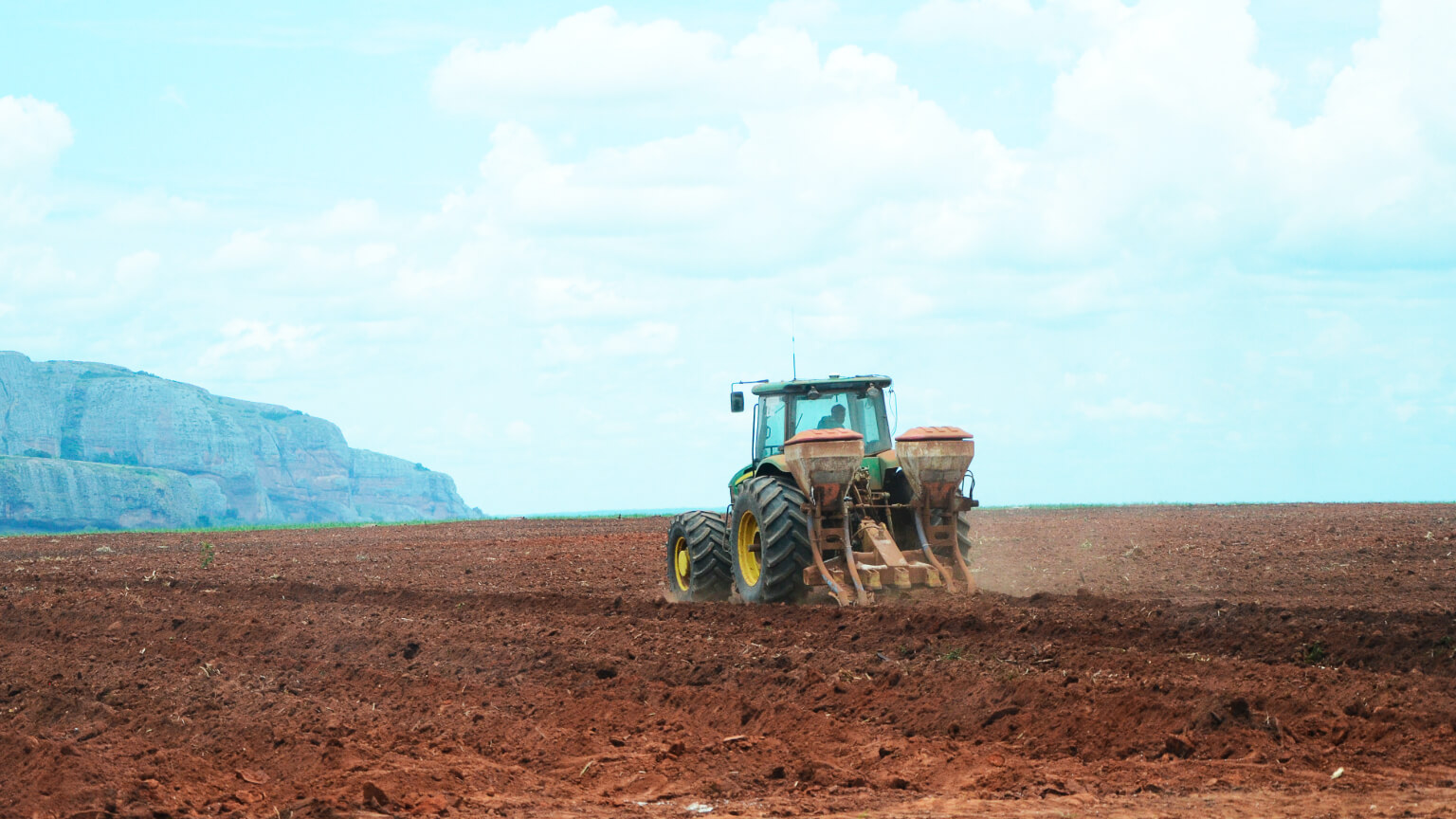In accordance with government estimates, Gross Domestic Product (GDP) recorded a negative real change of 1.1% in 2019. The performance compares with the downturn of 1.2% in the previous year, a reflection of the low oil production associated with the moderation of non-oil sector growth.
Real growth rate of the economy
Consumption is estimated to have remained the main item in the composition of Angola’s GDP in 2019, with an impact on GDP growth, in line with the decrease in households’ purchasing power, the maintenance of price increases, the decrease in employment levels and the maintenance of exchange rate depreciation in the economy. The same performance may have been confirmed in public consumption, which remained stagnant due to the commitment to fiscal consolidation. Public and private investment remained low, with public investment forecast to increase by 42% over the previous year, while foreign direct investment fell again. On the other hand, private investment financed by the banking sector increased by 22% compared to the previous year.
The 2019 Global Competitiveness Index ranked Angola as the 136th most competitive country in the world with 38.1 points. The performance represents an improvement of 1.0 p.p. over the previous classification, in an assessment of 141 countries.
Money market
Monetary policy remained restrictive over the course of 2019. The maintenance of the exchange rate depreciation, associated with the need to ensure price stability in the economy, justified the positioning of the monetary policy.
In 2019, the Monetary Policy Committee (CPM) of the BNA showed signs of easing of the restrictive monetary policy by reducing the reference interest rate from 16.5% to 15.5%, notwithstanding the increase in the last quarter of the coefficient of reserve requirements in national currency from 17% to 22%.
Interest rates (%)
Inflation Rate (%)
Price levels
The National Consumer Price Index (CPI) increased by 16.9% to 271.22 points. The level recorded represents the lowest of the last three years and remained below the level provided by the Government, of 17.7%, reflecting the restrictive conditions of liquidity in the market, better allocation of currencies in the foreign exchange market and reduction of the disposable income of families.
Banking sector
Available financial strength indicators up to September 2019 suggest a positive performance in solvency of financial institutions, with ROE reaching 6.3% and the transformation ratio 43.9%.
In 2019, BNA carried out the Asset Quality Assessment (AQA) of thirteen banks which represent 92.8% of total assets, and concluded that the sector is overall robust. During the same period, the assets of the banking sector stood at AOA 18,977.81 billion, an increase of 33.4% when compared with the previous year.
Commercial Banks Assets (%)
Exchange market and external sector
During 2019, the process of foreign exchange market liberalisation continued, which contributed to the improvement in access to foreign currency and was reflected in the narrowing of the exchange rate differential between the formal and parallel markets. It should be noted that the exchange rate differential against the dollar went from 150% in 2017 (when the new foreign exchange regime was implemented) to around 23% in December 2019, down from 28.26% in 2018.
It should be noted that, since 2 January 2020, BNA has adopted a measure which may contribute to the efficiency of the foreign exchange market by allowing Commercial Banks to acquire foreign currency directly from the oil companies.
Securities Transactions on the Secondary Market (AOA Billion)
Stock markets
In the secondary market, there has been a continuation of the market dynamism, supported by investor confidence, as well as by greater financial literacy. The amount traded in 2019 stood at AOA 874.1 billion, corresponding to an increase of approximately 11% compared with 2018.
Angola issued Eurobonds for the third time on the international market, amounting to USD 3 billion, divided into two tranches, with demand surpassing supply, reaching approximately USD 8.44 billion.
 Download Center
Download Center